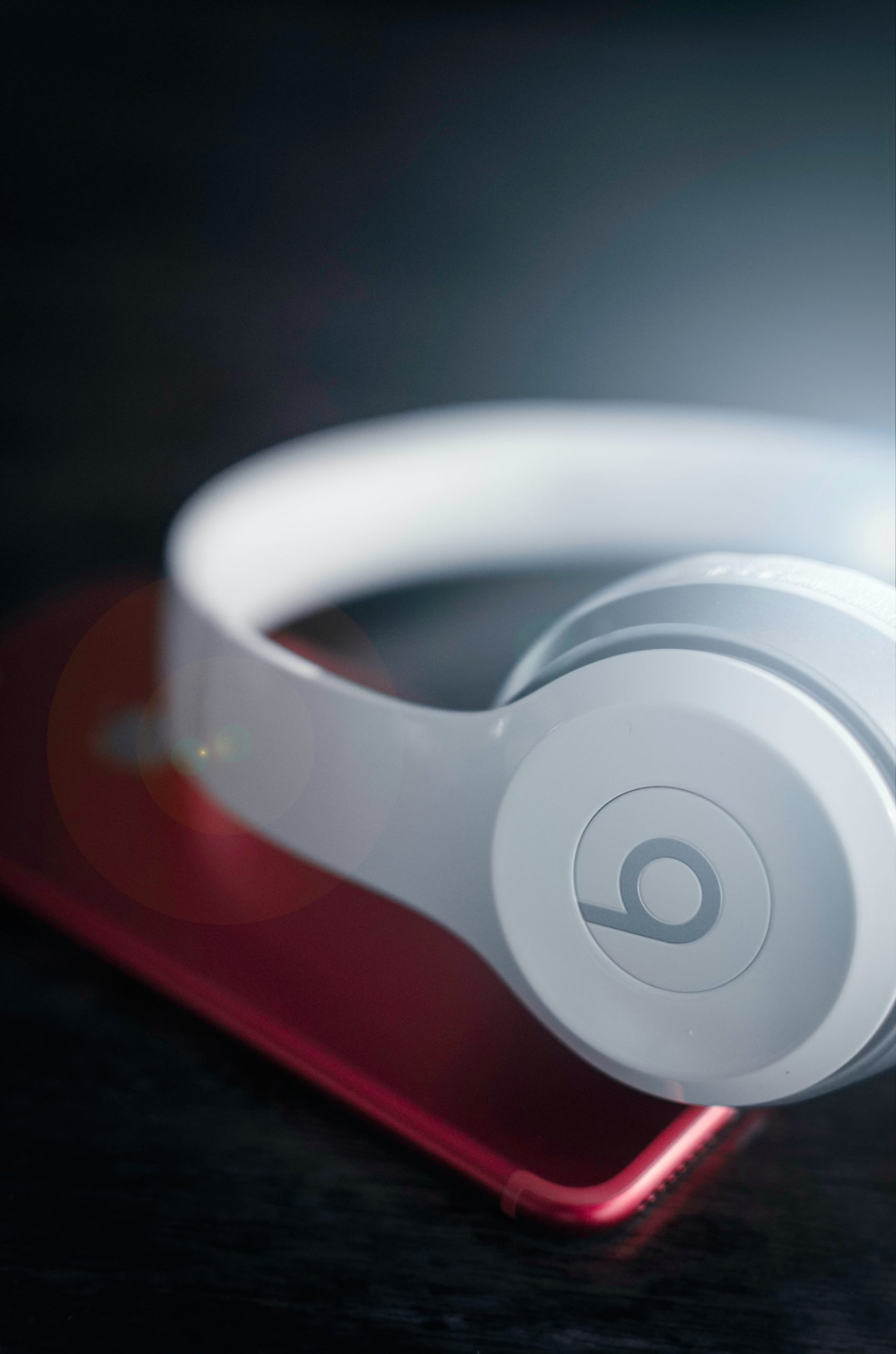The technology behind the creation and development of sound has been with us for a long time. Over the years innovations have emerged on how to vividly capture sounds and relay them to listeners. The music, entertainment, and news industries have long been dependent on technological innovations that not only focus on the delivery of sound but also on how to effectively receive it.
Yes, audio communication is a two-way street. It’s not just about transmitting sound, but also receiving it. We’ll explore some of the ways on how tech innovations can enhance your listening experience.
IMAGE: UNSPLASH
Remote Listening Technology
The sonar is probably the first remote listening technology that was invented at the beginning of the 20th century. Sea travel back in the early days was dangerous due to obstructions during zero-visibility situations. Rock formations, coral protrusions, and icebergs have prompted this invention to remotely “listen” for sounds reflected by distant solid objects on or below the sea. A century later, this technology has developed further for personal and industrial applications.
One notable personal application of remote listening is in home audio monitors. Devices like anti-burglary sound detectors and audio baby monitors have recently emerged in the markets. Their practical applications can make your home living safe and secure. If you are interested to learn more about such devices, you can click here for more details. Remote listening doesn’t just apply to physical devices. Even mobile applications have programs designed to function as remote listening or monitoring devices, which can be useful for home use.
Analog And Digital Audio Technology
We purposely included both analog and digital audio here and not just the conversion of analog to digital audio due to renewed interest and resurgence of analog sound. The resurgence of vinyl records serves as one example of analog technology revival. Surprisingly, it is mostly the young Gen Z and millennial listeners that have sparked this movement. People have different auditory capacities and preferences when it comes to sound.
Some want to capture studio-quality sounds, while others want compact and storable audio versions. Convenience and ease of use have been the benefits of digital audio technology. Thanks to it, we can now listen to tons of musical recordings through our portable players or smartphones. In a broad sense, analog and digital audio have changed the way we listen to and appreciate music.
Noise Cancelling Technology
The effectiveness of how you get your message across through audio channels can depend on how much noise is suppressed. Just like reading, listening needs a high level of concentration and attention. Background and static noises can prevent us from effectively capturing specific details we want to extract from an audio transmission.
Thus, some microphones, earphones, and headsets have incorporated noise-canceling technology to effectively enhance the listening experience of even the most perceptive listener. Musicians, news reporters, and customer support personnel are just a few people who benefit most from the noise-free listening experience. This technology is still evolving as we speak, and sooner or later, it will be available for all to use.
Wireless And Cloud Technologies
The relationship between these types of technology with listening is profound. A free and unhindered listening experience that’s free of the limitations of a wire connector can be provided by wireless technology. The ability to access your audio files anytime and anywhere, without the worry of decreased sound quality is now possible with cloud storage. These technologies fit perfectly with today’s generation of on the go users and avid music listeners.
Our listening experiences have gone through many stages of evolution without us noticing. The sounds, voices, and music we hear today in high definition are thanks to the technological innovations we have developed. Most importantly, the harmony between transmitting, storing, and receiving sound should always be present if we want to get the best out of the sounds we listen to.
If you are interested in even more technology-related articles and information from us here at Bit Rebels, then we have a lot to choose from.


COMMENTS